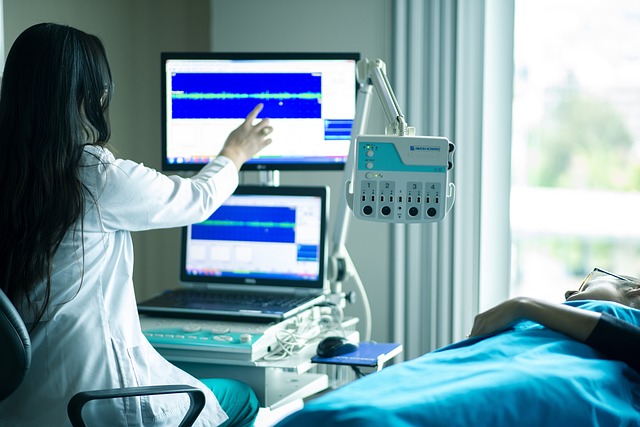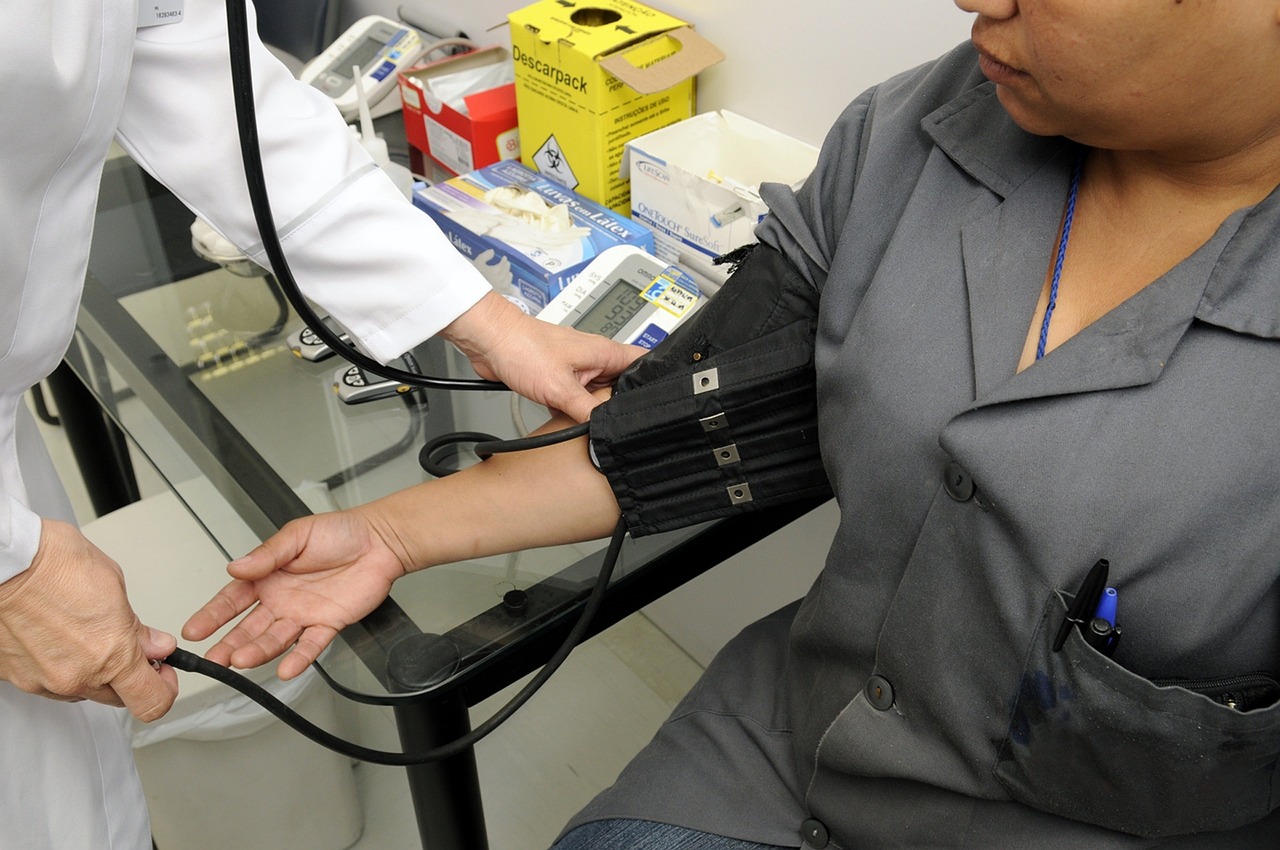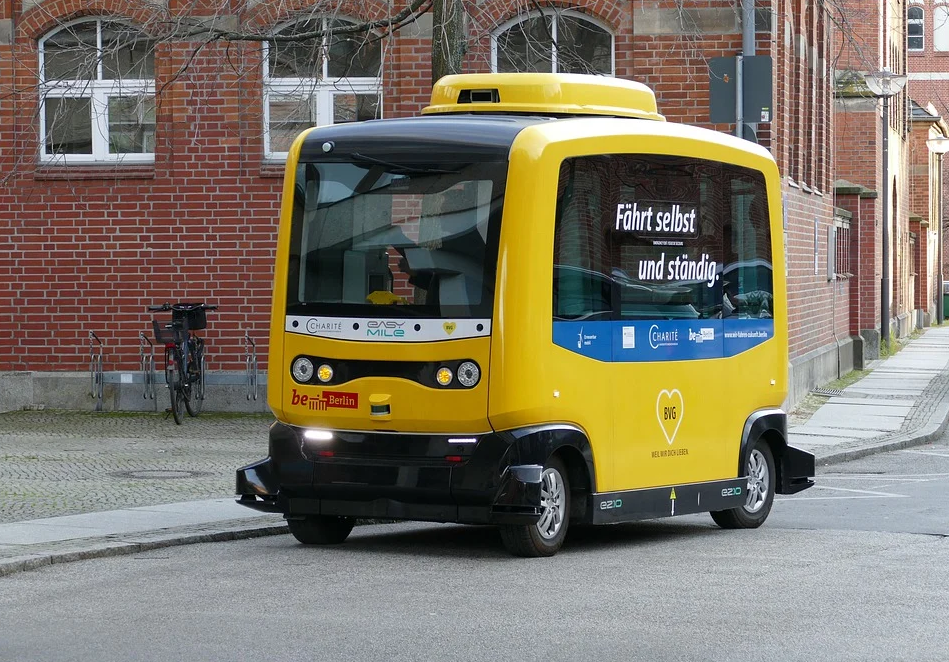In recent years, the concept of mobile clinics has gained popularity as a convenient and accessible way to provide healthcare services to underserved communities. Mobile Medical Clinics allow healthcare professionals to bring medical care directly to those in need. But how can you get the best results when converting your van? Here are various considerations and steps to help you create an efficient and successful mobile clinic.
Planning and Design
Before embarking on the transformation process, careful planning and design are essential. Start by defining your goals, determining the services you intend to provide, and assessing the specific needs of the community you plan to serve. This step will set the foundation for the layout and functionality of the mobile clinic. Consider factors such as patient flow, storage space for medical supplies, equipment requirements, and accessibility for patients with disabilities. Engaging professionals in architecture, engineering, and interior design can be invaluable during this phase to ensure practicality and optimal utilization of space.
Electrical and Plumbing Systems
Mobile clinics require reliable power and water supply to operate efficiently. Hiring a professional electrician and plumber is crucial to handling the installation of electrical systems, including power outlets, lighting, air conditioning, and heating. Ensure that the electrical system is equipped with backup power sources to prevent interruptions in service during unforeseen circumstances.

Medical Equipment and Furnishing
Equipping your mobile clinic with the necessary medical equipment and furnishings is vital for delivering quality healthcare services. Consider collaborating with medical equipment suppliers who specialize in outfitting mobile clinics to ensure you have the right tools for diagnosis, treatment, and patient care. Furnishings should be designed with comfort and functionality in mind. Provide adequate seating for patients, storage for medical supplies and medications, as well as workstations for healthcare professionals.
Safety and Compliance
Partner with healthcare regulatory bodies to ensure that your mobile clinic meets all necessary guidelines and requirements. Install proper ventilation systems to maintain air quality, implement infection control measures, and adhere to waste management protocols. Additionally, consider security measures such as surveillance systems, alarms, and secure storage for controlled substances to protect both your staff and patients.
Connectivity and Technology
In today’s digital age, connectivity and technology play an integral role in healthcare delivery. Ensure your mobile clinic is equipped with a reliable internet connection, electronic medical records, and telemedicine capabilities. These technological advancements can enhance communication with specialists, facilitate efficient record-keeping, and improve overall patient care.
Conclusion
Transforming a van into a mobile clinic presents a unique opportunity to provide accessible healthcare services to underserved communities. By meticulously planning the layout, ensuring proper installation of electrical and plumbing systems, acquiring the necessary medical equipment, and adhering to safety regulations, you can create an effective mobile clinic that delivers high-quality care on wheels. Embrace modern connectivity and technology to enhance the efficiency and reach of your mobile clinic, ultimately improving the lives of those in need.






 With the campaigns on saving the environment, many have become aware of the impact they have on the climate. Many of the activities that we do daily are credited with negatively affecting the environment. Among the many things that negatively affect the environment are vehicles. Most vehicles tend to emit harmful emissions to the environment.
With the campaigns on saving the environment, many have become aware of the impact they have on the climate. Many of the activities that we do daily are credited with negatively affecting the environment. Among the many things that negatively affect the environment are vehicles. Most vehicles tend to emit harmful emissions to the environment. If you are into the latest news concerning vehicles, you might have come across autonomous vehicles. Though fully autonomous vehicles are yet to be achieved, many cars have autonomous features. There are many drivers assist features like automatic braking and the ability to change lanes. In a short period, anyone will be able to effortlessly drive a vehicle as cars are on the road to be fully autonomous.
If you are into the latest news concerning vehicles, you might have come across autonomous vehicles. Though fully autonomous vehicles are yet to be achieved, many cars have autonomous features. There are many drivers assist features like automatic braking and the ability to change lanes. In a short period, anyone will be able to effortlessly drive a vehicle as cars are on the road to be fully autonomous.
 From legacy brands like Ford and Toyota to rising stars like Rivian and VinFast, automakers are investing heavily in the compact EV crossover category. New platforms designed specifically for electric vehicles are enabling better performance, longer ranges, and roomier interiors—all within a compact frame. These aren’t just compliance cars anymore. They’re legitimate, well-designed, competitive vehicles built to meet the evolving needs of everyday drivers.
From legacy brands like Ford and Toyota to rising stars like Rivian and VinFast, automakers are investing heavily in the compact EV crossover category. New platforms designed specifically for electric vehicles are enabling better performance, longer ranges, and roomier interiors—all within a compact frame. These aren’t just compliance cars anymore. They’re legitimate, well-designed, competitive vehicles built to meet the evolving needs of everyday drivers.